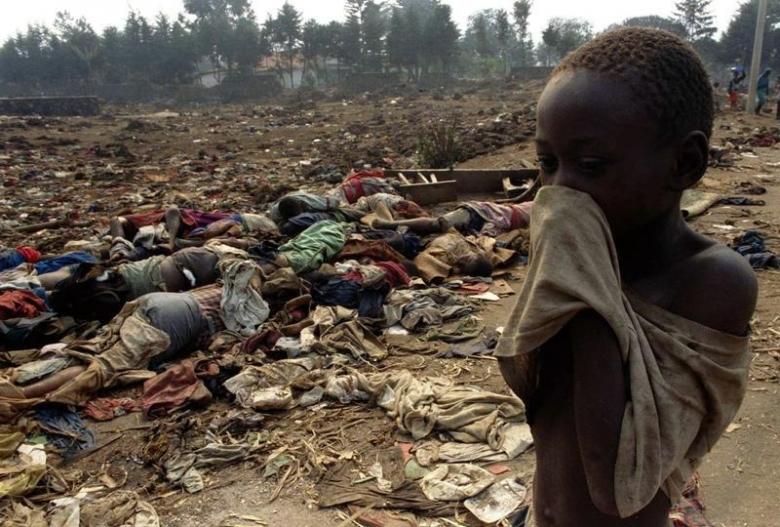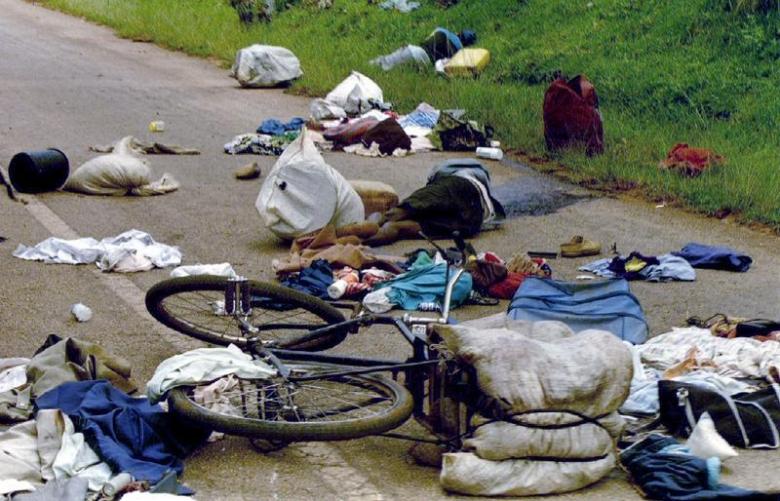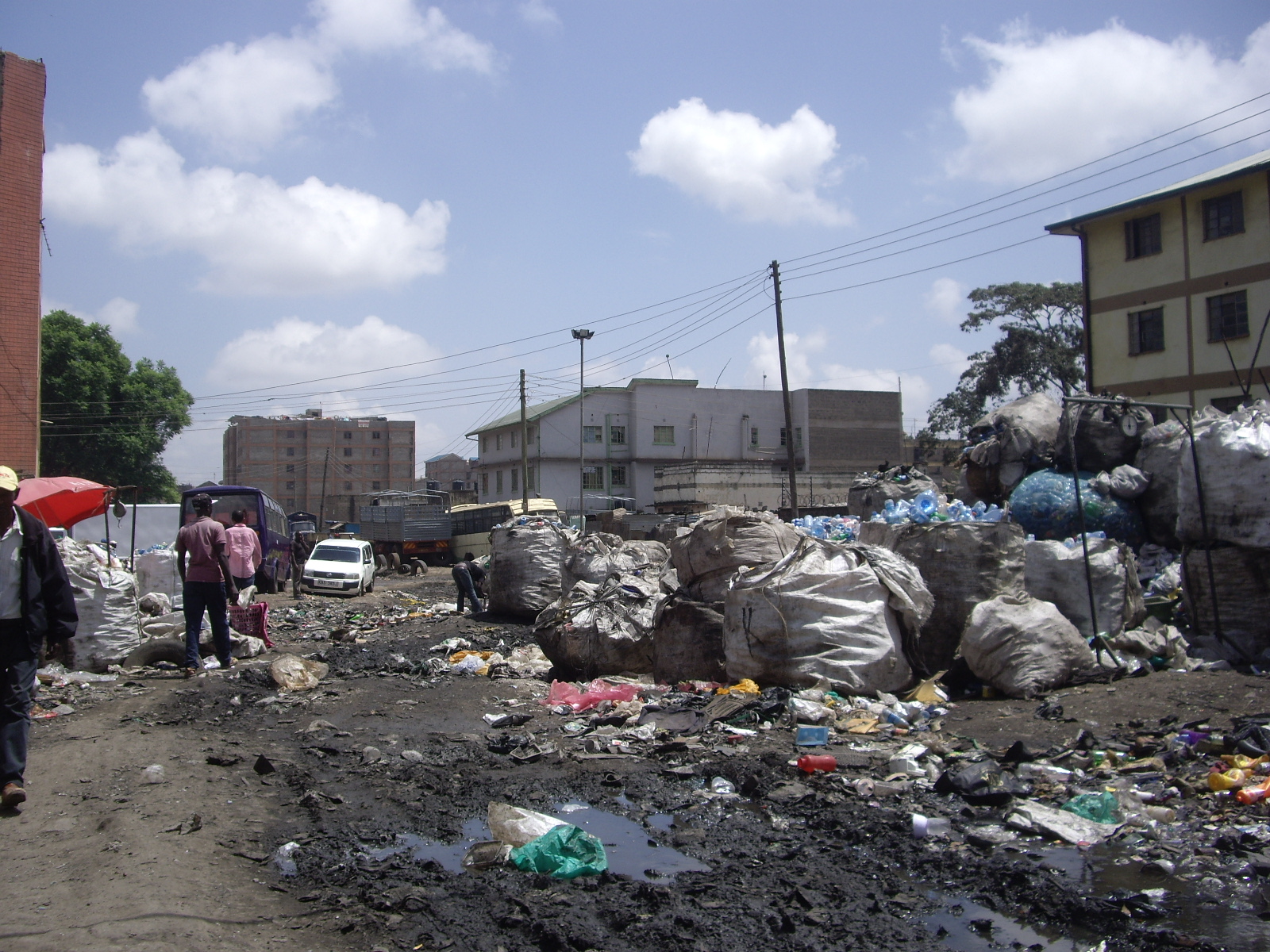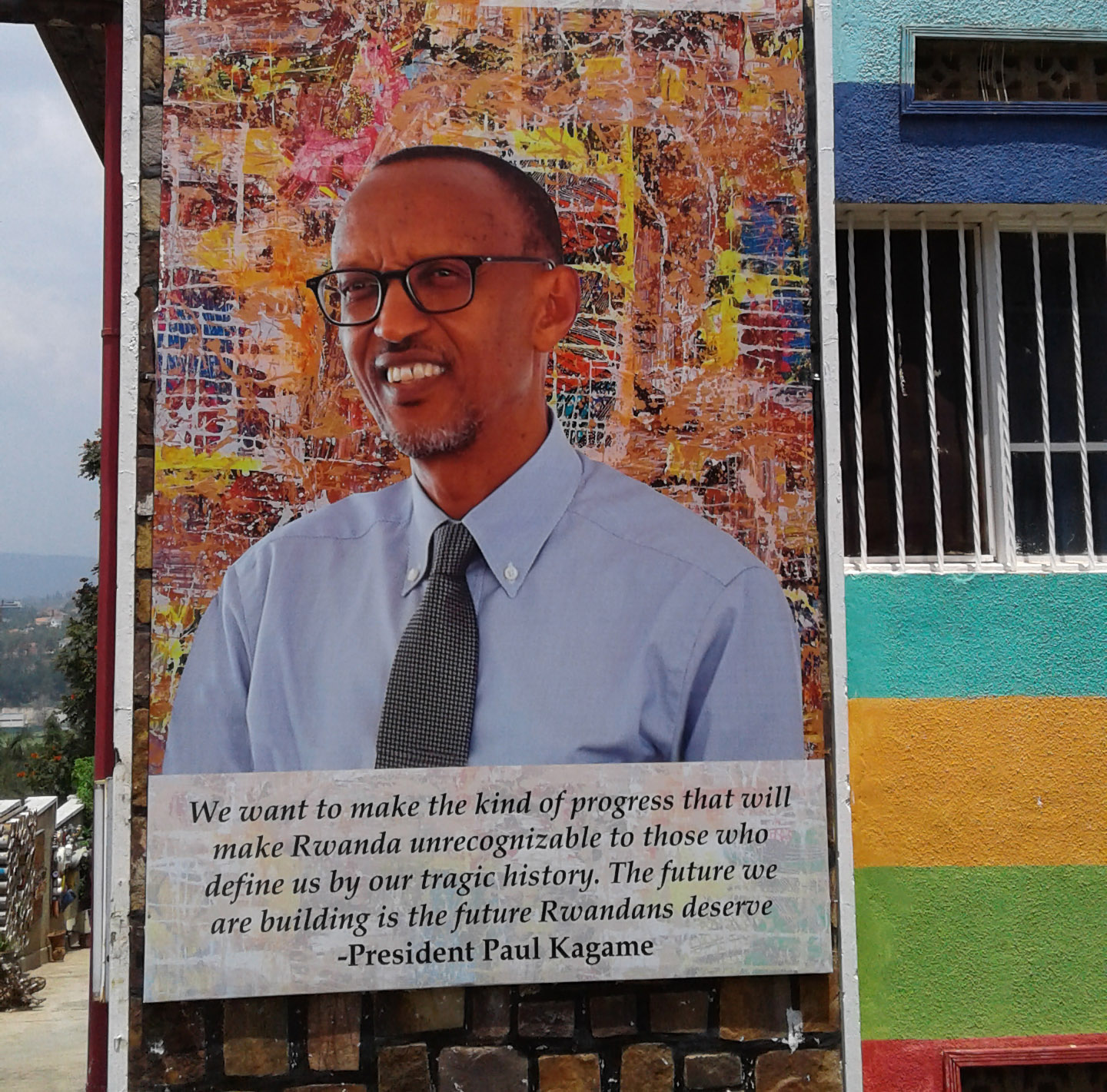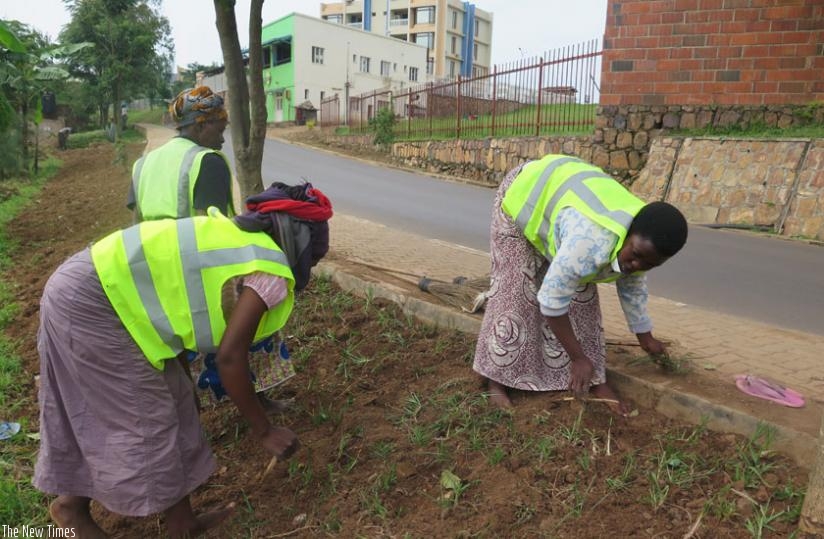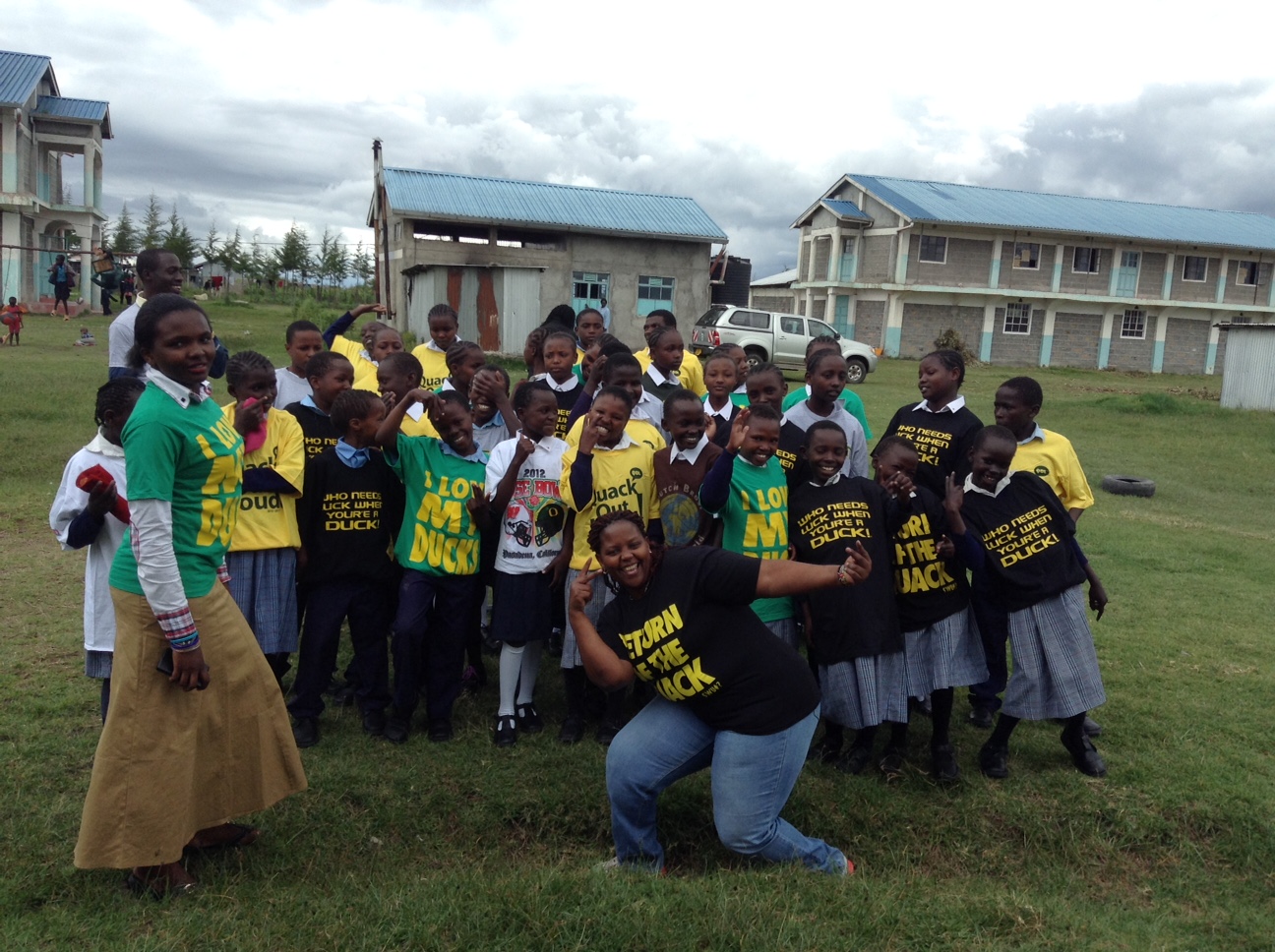About Rwanda
OUR PAST
Before Our Rebirth
Tutsi and Hutus got along just fine for thousands of years. Ethnic identify was based mostly on whether one raised crops or cows, and was interchangeable. In 1916, when colonial Belgium took control, the Belgians noticed that Tutsi looked more European, so they made them the ruling class and required ethnic ID cards. Ethnic discrimination became policy.
Over the years, France replaced Belgian control of Rwanda. In the late 50’s and early 60’s former colonies around the world were gaining independence–Cuba, Sudan, Libya, Ghana, Congo, Nigeria, Uganda, Algeria. As Rwanda moved toward independence, the French government and the Catholic church switched sides to the majority Hutu and advocated hatred against the Tutsi. They supported the military dictatorship that took control in ’62 when Rwanda became independent.
Although there had been numerous small pogroms against the Tutsi starting in ’59, the “final solution” began in April of ‘94. From April through July of 1994 over 1 million Tutsi and moderate Hutus were hacked to death by their neighbors or by roving groups. The rest of the world ignored what was happening. The U.S. had just had its efforts in Somalia go sideways, OJ was on trial, and Kurt Cobain died. Both the U.S. and France blocked any attempts by the UN to intervene. Rwanda was put aside as a civil war, even though only one side was being massacred.
The Rwandan Patriotic Front, comprised of both Tutsi and Hutu, defeated the Rwanda dictatorship and French forces three months after the genocide started. But by that point, Rwanda was a failed state. Half of population were refugees, either in IDP camps or neighboring countries. Nearly 20% were dead. There was nothing left of the former country—no police no judicial system, no hospitals, schools, banks, or currency. And as the French were leaving, they helped the genocidairs escape to neighboring DRC, where they continued incursions for another ten years.
OUR REBIRTH
The Rebirth of Rwanda
Rwanda is a changed place. No longer a country of tribalism, despair and corruption. The New York Times noted that “No country in Africa, if not the world has so thoroughly turned itself around in so short a time.” Read this interesting article in Forbes.
Rwanda had over 120,000 of the major genocidaires in prisons that could hold 10,000. Obviously something had to be done. Through a process of restorative justice, most of them have been reintegrated into the same communities where they committed their atrocities. The government has forbid ethnic identity of any kind.
Rwanda is clean—there is no litter, no plastic covering streets and roadsides. It is virtually corruption free—and enforced rigorously. By far, it is the safest country in Africa, safer even than many places in the western world.
Rwanda has a modest universal health care system with clinics across the country.
Rwanda has a republic government that strives to keep decision making local. Women hold 60% of the seats in the government. Everyone contributes the last Saturday of the month to community projects.
Business
Rwanda has no natural resources—only people, 12 million, the most densely populated in Africa. Most are under 25. For Africa, they have a low birth rate due with family planning and contraception. Eighty percent are rural subsistence farmers. Nearly half live in poverty. Rwanda ranks in the bottom 25% of the IMF’s GDP scale.
Rwanda eschews aid in favor of investment. They want to be the IT, telecommunication, and business service center of East and Central Africa. Rwanda continually ranks in the top three business friendly countries in Africa.
The 20% of the workforce not involved in subsistence farming accounts for over 50% of GDP. Growth of these business, financial, and service sectors has decreased poverty by 15%, increased average income 300%. GDP has been growing at 8% since 2008.

